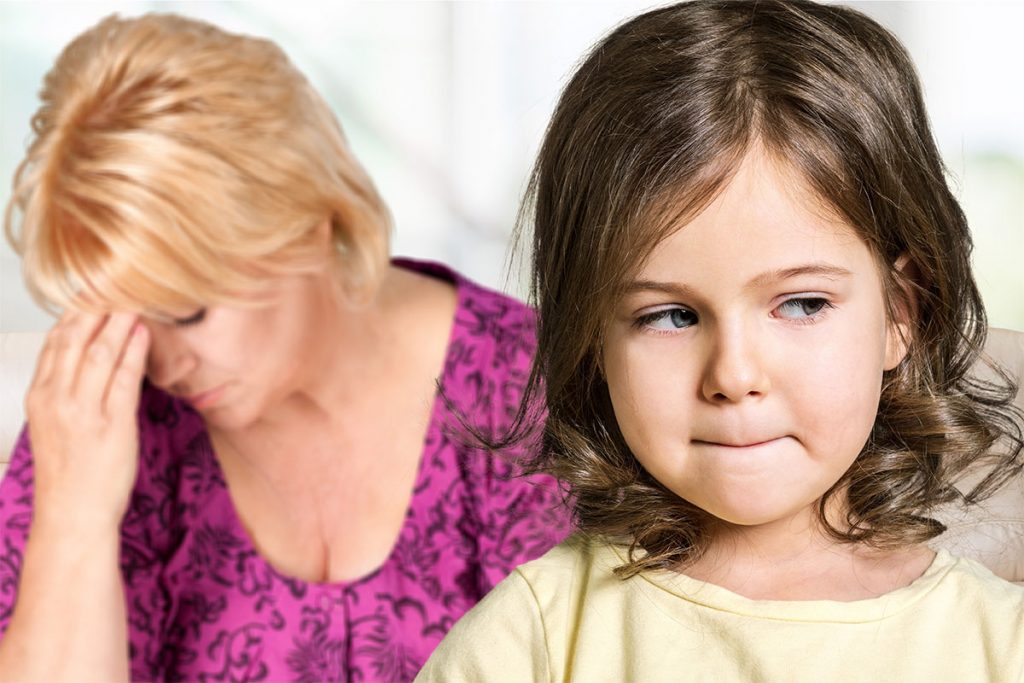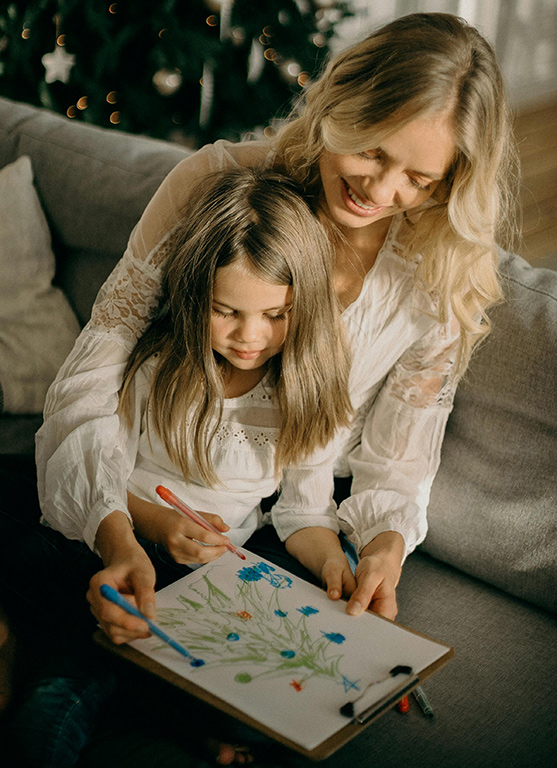
by Cady Andersson
What comes to mind when you think of the word “discipline”? Warm fuzzy memories? Possibly not. In our society, most people view discipline as something negative, something to be feared and avoided. This, however, is a divorce from the actual meaning of the word. The word “discipline” comes from the word “disciple,” which is defined as “a follower or student of a teacher, leader, or philosopher.”
That’s you. You are the teacher and leader of the children in your care. You are currently crafting a legacy through your words and actions. L.R. Knost argues that “Discipline is helping a child solve a problem. Punishment is making a child suffer for having a problem. To raise problem solvers, focus on solutions not retribution.” For many, this shift may be a difficult one to make. Removing the idea of punishment from discipline can seem counterintuitive. You may wonder how children will learn if you do not use punishment as a teacher.
But here is the great news! Punishment is a terrible teacher. So fire it and hire these three new staffers in its place – natural consequences, logical consequences, and guidance.
Natural consequences occur when our natural world teaches children about life. If (and, let’s face it, WHEN) you repeatedly warn a child about an unsafe behavior and the child engages in that behavior anyway, natural consequences will teach your child about the risks involved. For example, a child who habitually leans his chair back and falls does not need you to punish him because gravity has already done so. You may simply comfort and care for the child. There is no need to add insult to injury here.
However, when our natural world does not administer consequences, it will fall on you to administer logical consequences. Logical consequences are chosen by a loving, respectful caregiver. Logical consequences are directly related to the inappropriate behavior, administered in a timely manner (so the child will understand the cause and effect relationship between the inappropriate behavior and the consequence), and proportionate to the behavior.
For example, if your art-inclined little one has created a beautiful masterpiece on your freshly painted wall, the child must help to clean only that section of the wall. The child is not forced to wash ALL the walls. The child does not have his art supplies taken away for a week. The child is not sent to his room for 30 minutes. The child learns to help make amends by engaging in another restorative action that is directly related and proportionate to the inappropriate behavior.
Pro-tip: Telling the child, “Oh! That’s the wall. Markers are for paper – let’s get paper” and then having your child help clean the wall is the one-two punch of childhood learning through experience. Often, children know what they are NOT allowed to do but have no idea what they ARE allowed to do. Tell them in a kind tone and help them make amends.
Lastly, using guidance to help discipline your children is truly the compassionate way to help children understand the consequences of their actions as well as how to make safe, respectful, and appropriate choices. Children need loving adults to help them make sense of this world. Talk to the children in your care about their actions. You are their coach. No one comes out of the womb knowing how to share or take turns. You must impart that wisdom to them. Each moment of undesirable behavior is a learning opportunity – if you allow it to be. Talk about what conflicts in a way that the child has an opportunity to learn WHY the behavior is inappropriate and WHAT the child could have done differently in the future.
Guide children. Use natural and logical consequences to teach children about safe and appropriate behavior, because they don’t know unless YOU teach them.
You are their teacher. You are their leader. Leave your legacy of love and guidance. Embrace positive discipline, because you are a compassionate caregiver.


